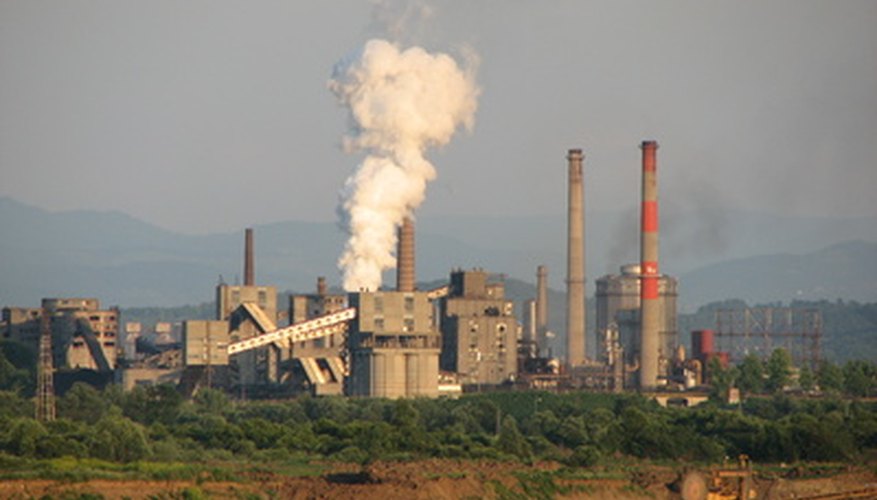In the realm of urban planning and development, industrial land use plays a pivotal role in shaping the landscape of cities and economies. This article delves into the intricacies of industrial land use, exploring its significance, key characteristics, and the dynamic ways it contributes to the growth of industries and communities.
Contents
The Significance of Industrial Land Use
Industrial land use is a fundamental component of urban planning that designates specific areas for industrial activities and operations. These activities encompass manufacturing, warehousing, distribution, and research facilities that drive economic growth and innovation.
Characteristics of Industrial Land Use
Industrial land use areas are distinct in their infrastructure and design. They are strategically located near transportation hubs, major highways, and ports to facilitate the movement of goods and resources. The layout of these zones is optimized to accommodate large-scale machinery, storage facilities, and logistical operations.
Driving Economic Growth and Employment
Industrials land use zones play a vital role in generating economic prosperity. By providing space for manufacturing and production activities, they contribute to job creation, skill development, and technological advancements within communities.
Balancing Industry and Sustainability
As cities evolve, the concept of industrials land use has expanded to incorporate sustainability practices. Industries within these zones are encouraged to adopt eco-friendly processes, minimizing their environmental impact and embracing renewable energy sources.
Optimizing Land Use for the Future
Urban planners and policymakers work to balance the needs of industrial growth with environmental preservation. Industrials land use areas are zoned to ensure optimal land utilization while considering factors such as accessibility, infrastructure, and community well-being.
Industrials land use stands as a cornerstone of urban development that fuels economic growth, innovation, and employment opportunities. The carefully planned allocation of space for industrial activities ensures the seamless coexistence of industries and communities. As cities continue to evolve, the dynamic interplay between industrials land use and sustainability will shape the future of urban landscapes, fostering growth that is both prosperous and environmentally conscious.

